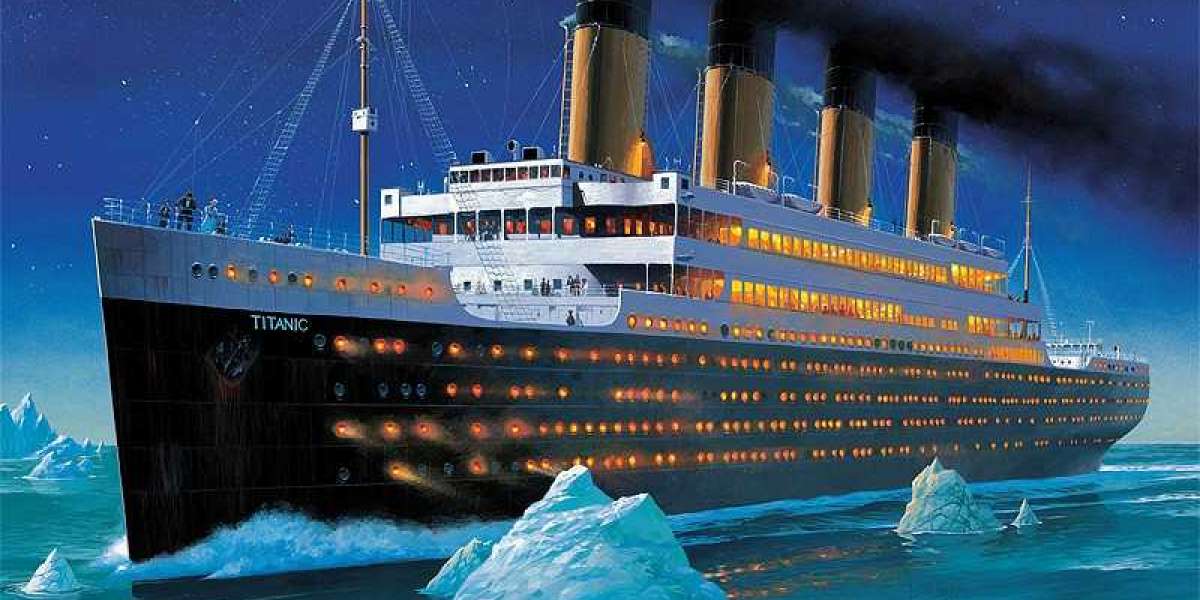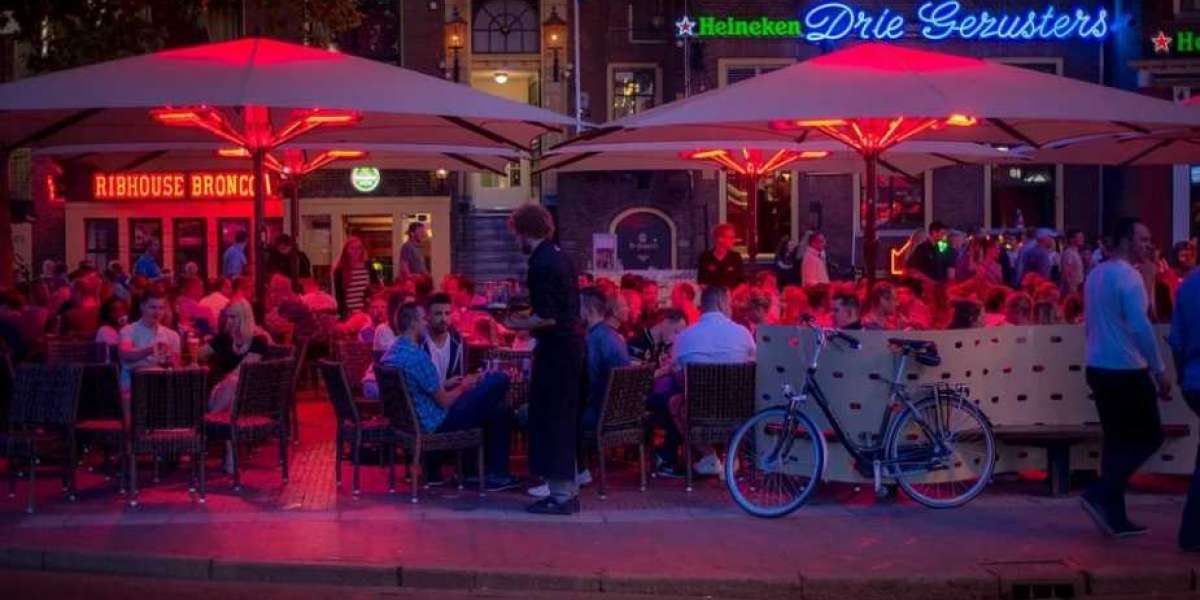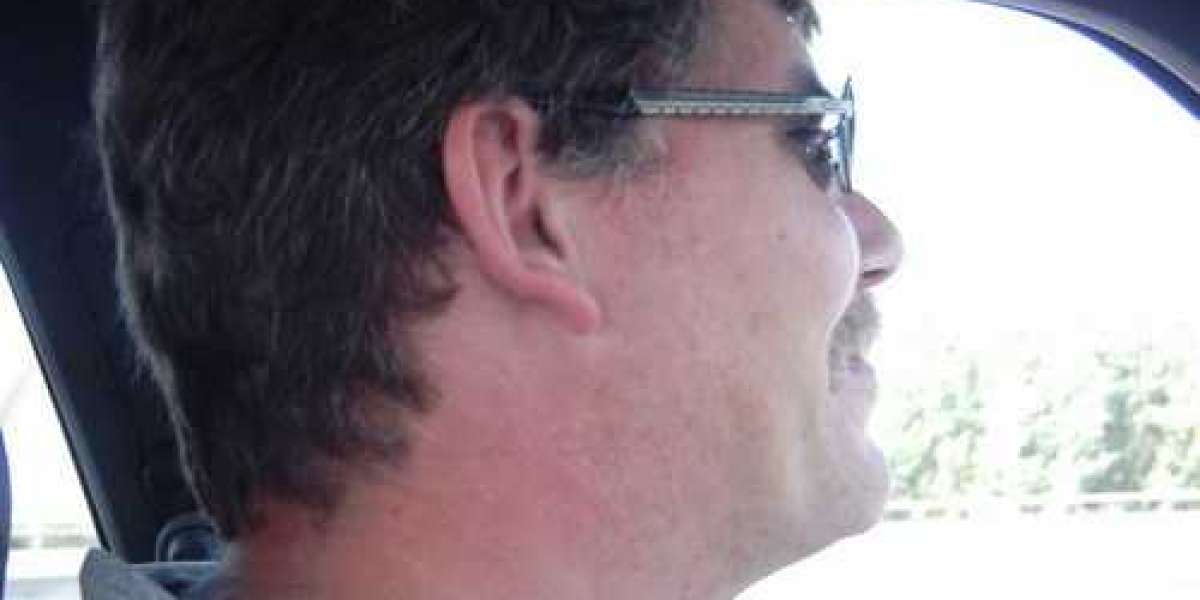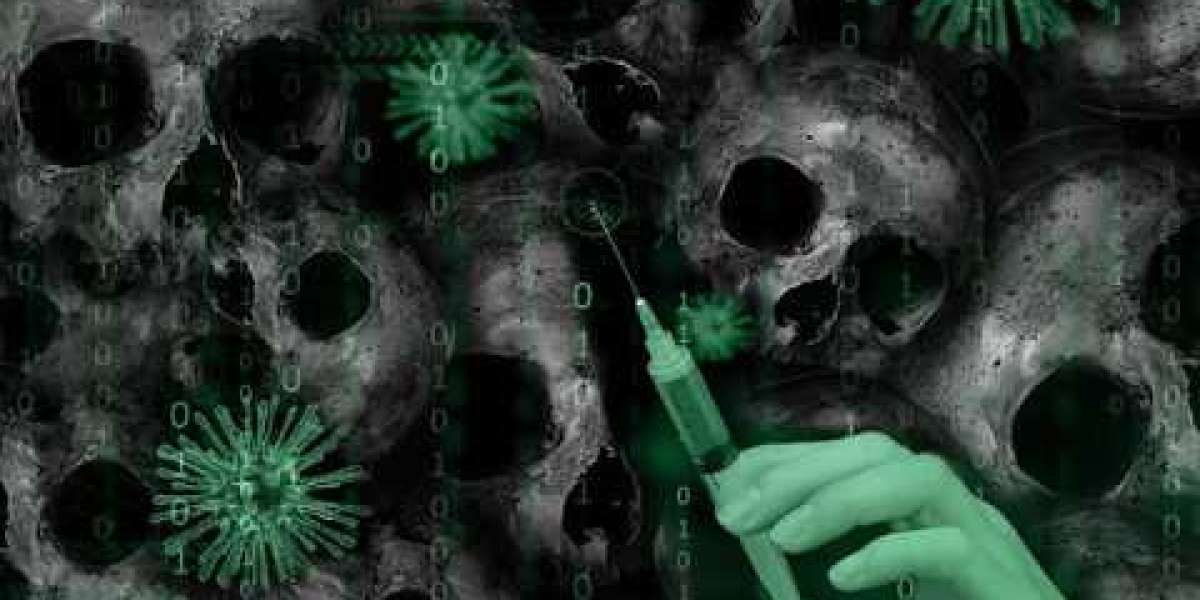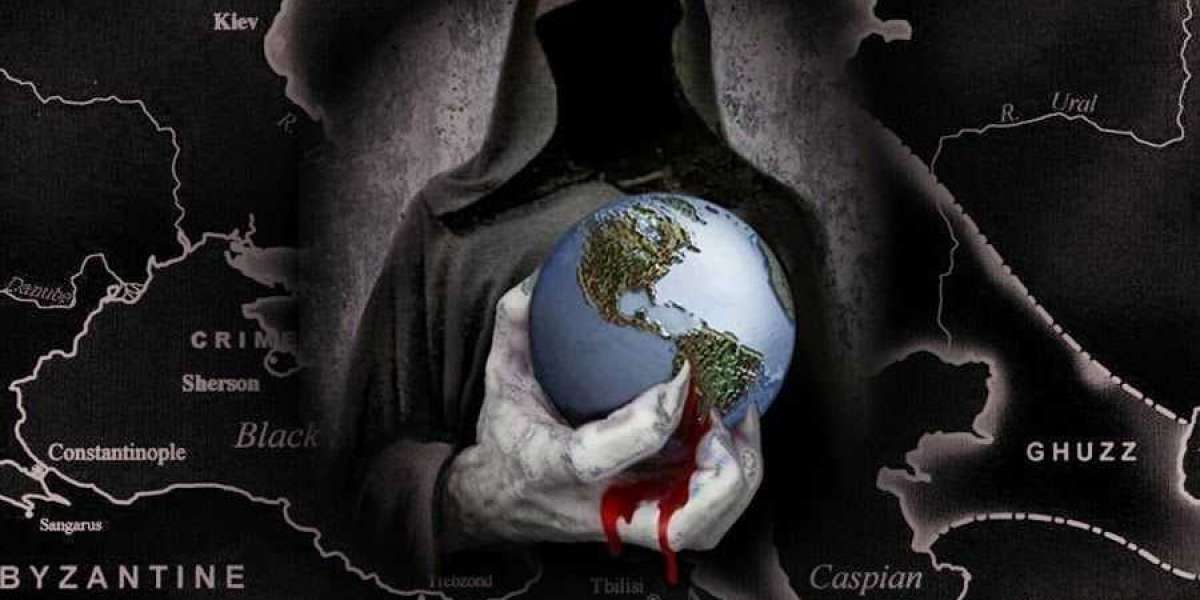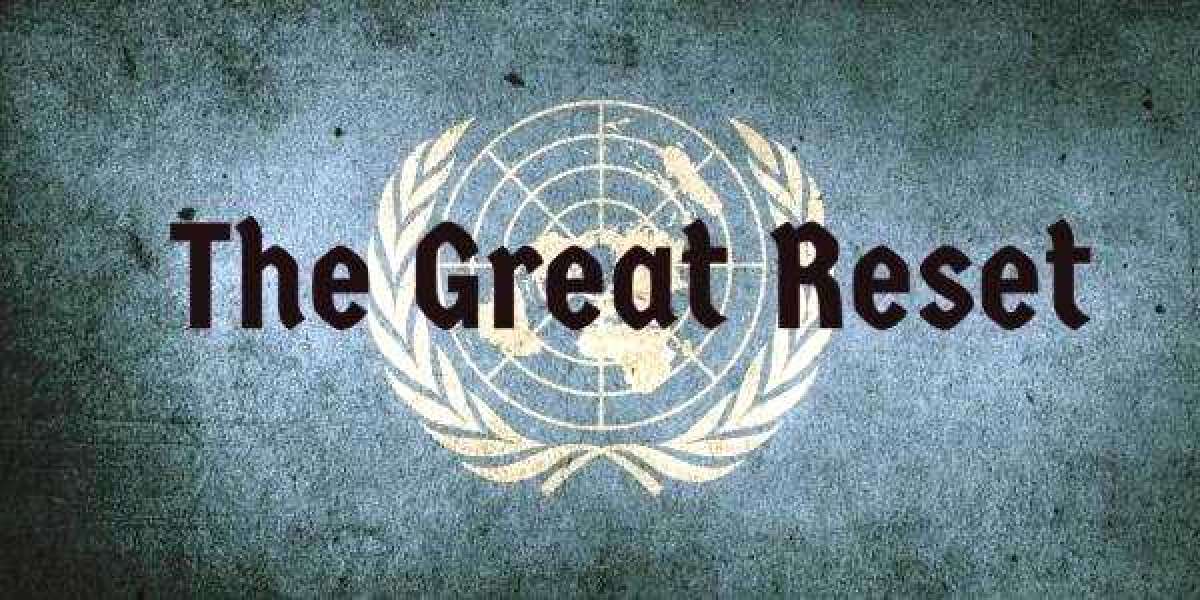- they are the men in dark cloaks carrying daggers -
In 1910 seven men met on Jekyll Island just off the coast of Georgia to plan the Federal Reserve Bank.
This 1910 "duck hunt" on Jekyll Island included Senator Nelson Aldrich (with his personal secretary Arthur Shelton, the go-between); National City Bank president Frank Vanderlip representing the Rockefeller Financial Imperium; Henry Davidson, Charles Norton and Benjamin Strong representing the J.P. Morgan Financial Imperium; they were accompanied by Harvard University professor of economics Dr. Abram Piatt Andrew and Paul Warberg representing Kuhn, Loeb and Co., the Rothschild Banking Dynasty of Europe: the banking agents for the Jesuits who held the power to the wealth of the Roman Catholic Church.
The Rockefeller, Morgan and Rothschild gangs were fierce competitors, yet entered in joint ventures. In this case they were to establish the national banking cartel called the Federal Reserve System.
But there was one probem ...
Three of the richest people in the world at the time opposed the Jesuits' plan to establish a central bank in the United States because they knew very well what would happen. It's why they opposed the engineering of WW I and II as well. These three people were Benjamin Guggenheim, Isa Strauss and John Jacob Astor.
The Jesuits however, were determined to create the Federal Reserve Bank in America, thus, they had to somehow get rid of these three people, but, not in an any way conspicuous manner because of their social standing and high profile.
This is how they did it ...
There were a number of very rich and powerful men who made it abundantly clear that they were not in favour of the Federal Reserve System. J.P. Morgan was thus ordered by the Jesuits to build the Titanic.
This "unsinkable" ship would serve as a death ship for those who opposed the Jesuits' plan for a Federal Reserve System. These rich and powerful would have been able to block the establishment of the Federal Reserve, so, their power and fortunes had to be taken out of their hands. They had to be destroyed by a means so preposterous that no one would suspect they were murdered and that no one would suspect the Jesuits. The Titanic was the vehicle for their destruction.
In order to further shield the papacy and the Jesuits from suspicion, many Irish, French, and Italian Roman Catholics immigrating to the new world were aboard. They were people who were expendable. Protestants from Belfast who wanted to immigrate to the United States were also invited on board.
All the wealthy and powerful men the Jesuits wanted to get rid of were invited to take the cruise. Three of the richest and most important of these were Benjamin Guggenheim, Isador Strauss and John Jacob Astor; the wealthiest, independent men in the world at the time. These three men were coaxed and encouraged to board the floating palace. They had to be destroyed because the Jesuits knew they would use their wealth and influence to oppose a Federal Reserve Bank as well as the various wars that were being planned.
The building of the Titanic began in 1909 at the Harland and Wolff shipyard in Belfast, the Capital of Northern Ireland. The Titanic was the second of a fleet of 3, almost identical, ships owned by the White Star Line, an international shipping company. Banking was not the only business that the Morgans had a strong financial interest in. Using his control over the nations railroads as financial leverage, he created an international shipping trust which included a.o. Germany's two largest lines plus one of the 2 in England: "The White Star Line".
Edward Smith was the captain of the Titanic to be. He had been travelling the North Atlantic waters for 26 years and was the worlds most experienced master of the North Atlantic routes. He had worked for the Jesuits, J.P. Morgan, for many years.
When the ship departed southern England, on board was Francis Browne. He was the most powerful Jesuit in all of Ireland at the time and the 'Jesuit Master' of Edward Smith. Here we have Jesuit treachery at its finest. The provincial Father Francis Browne boards the Titanic, photographs the victims, knowing very well what their fate would be, most assuredly briefs the Captain concerning his oath as a Jesuit, and the following morning bids him farewell at the ship's stop at the French port in Cherbourg from which Astor boarded.
Titanic's owner J. P. Morgan was scheduled to travel on the maiden voyage but cancelled at the last minute. So did George Vanderbilt. Other cancellations were by news paper big wigs and other businessmen 'in the know'.
Browne instructed Captain Smith on what to do in the North Atlantic waters. Edward Smith was given orders to sink the Titanic and that's exactly what he did. According to Jesuit philosophy: the innocent can be massacred for the greater good; the ends justifies the means.
The Captain knew all along that his ship was built for the enemies of the Jesuits. Its purpose was always to be a 'deathship' and sink on its first voyage. Captain Smith also knew exactly where the icebergs were. Under secret orders, he propelled the Titanic full speed at 22 knots on a moonless night and through a huge ice field 80 square miles in area! He had been given orders from the Vatican, and nothing would turn him from his course.
There were purposely not enough lifeboats aboard. Many of the lifeboats only had a few passengers, women and children, during the emergency. To prevent nearby freighters from responding with help, the distress flares were white when they should have been red. White flares to passing freighters, as opposed to red flares, state that everybody is having a party (everything is well). These examples of shortcomings were not because of an arrogant crew who believed the Titanic was unsinkable ... these shortcomings were planned.
Captain Smith was told that it was arranged that RMS Carpathia, a Cunard Line transatlantic passenger steamship, would be nearby to pick up the survivors, including Captain Smith - and it was, on its usual route - only five miles away from the Titanic. Little did Smith know that J.P. Morgan and the Jesuits had slightly different plans. Another nearby ship, the SS Californian, a British Leyland Line steamship, was too far away for immediate help, it only arrived after the Titanic had already sunk.
Those richest of men, who opposed the Federal Reserve System, were killed along with the middle and lower classes. The sinking of the Titanic was possibly one of the greatest disasters of the 20th Century outside of the World Wars 'merely' because 'the unsinkable ship; the floating palace' was created to be a tomb for the wealthy and powerful who opposed the creation of a Federal Reserve Bank.
On the 14th of April of 1912, the Titanic struck thus an iceberg and the opposition to the Federal Reserve plan was eliminated. In December of 1913, the Federal Reserve System came into being in the United States. Eight months later, the Jesuits had sufficient funding through the Federal Reserve Bank to start World War I ...
.
A floating iceberg 'ripping open' the side of a 'modern' steamliner? Hardly. Especially when we consider the testimonies of survivors that stated they heard explosions shortly before the ship began to sink, stories that were kept out of the press and the public eyes and ears, of course, just as the contradicting and ever-changing accounts of Edward Smith during the hearings on the matter, as later disclosed by the typist at hand.
.
The real reason for the ship's deliberate destruction was a game between the super rich and the powerful whereby the opposition; Guggenheim-Strauss-Astor, could be fairly safely eliminated.
When president John F. Kennedy was about to put the Federal Reserve Bank out of business in 1963, he too met an untimely death - following the footsteps of another American president, a century earlier, who also opposed the movers and shakers of money, Abraham Lincoln.
.
Recommended Reading: "Vatican Assassins", Eric Jon Phelps
